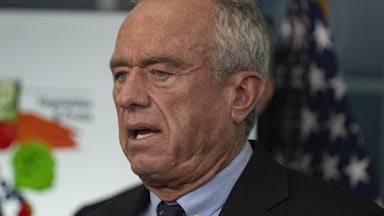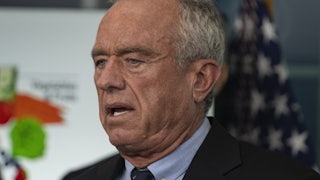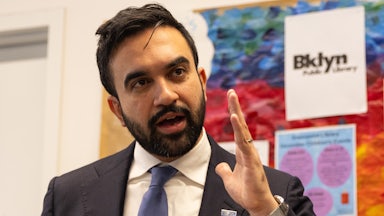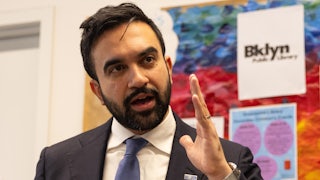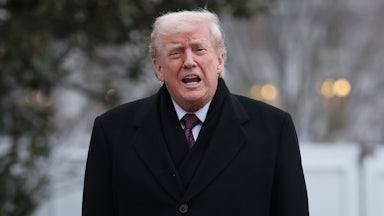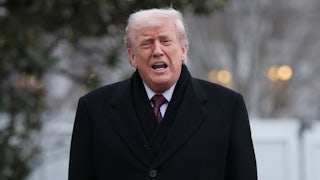While much of the country was occupied last week with holiday travel and time with family, a little-known government agency approved a $90 million guarantee for ING Capital to finance a liquified natural gas export facility in Texas. All told this year, that agency—the U.S. Export-Import Bank—has approved nearly $1 billion in fossil fuel lending, including $100 million for expanding an oil refinery in Indonesia and $400 million of insurance for revolving credit facilities to help commodity trading giant Trafigura purchase LNG.
EXIM, as it’s known, is the official export credit agency of the United States, meant to “advance American competitiveness and assist U.S. businesses as they compete for global sales.” Functionally, that means that EXIM provides loans, guarantees, and insurance products to U.S. exports when the private sector is unwilling or unable to do so. The U.S. is now the world’s biggest LNG exporter, so it stands to reason that an agency charged with supporting the country’s export industries might back gas projects. Yet such deals have kept flowing despite repeated pledges by the Biden administration to end U.S. financing for overseas fossil fuel development.
Not long after taking office, in January 2021, President Joe Biden signed an executive order which tasked the bank and other federal agencies with identifying “steps through which the United States can promote ending international financing of carbon-intensive fossil fuel–based energy.” At U.N. climate talks at the end of that year, the White House joined 38 other countries and institutions in a vow to “end new direct public support for the international unabated fossil fuel energy sector within one year of signing this statement.”
Those pledges and rhetoric have kept up in recent years. “EXIM financing can be a powerful tool in turning low-carbon and renewable energy projects into reality,” EXIM President and Chair Reta Jo Lewis said at the U.N. climate talks in Dubai earlier this month, as noted in a press release boasting that the bank has provided $1 billion in financing for “climate projects” this year.
There have been attempts to shift the bank’s historic friendliness toward fossil fuels. Its 2019 congressional re-authorization included a requirement that it devote at least 5 percent of its financing to renewable energy exports. An analysis from NGOs Oxfam and Perspectives Climate Group found that, in 2021, just 1.25 percent of its financing was deemed environmentally beneficial; only 0.2 percent of support was devoted to renewable energies. Between 2017 and 2021, the bank provided $5.78 billion in financing for fossil fuels projects and just $120 million for clean energy.
EXIM defends its continued fossil fuel investments by pointing to the “non-discrimination” charge in its charter, preventing it from refusing funds to specific industries. Advocates counter that the statute does not preclude the bank from setting greenhouse gas intensity thresholds for projects that it backs. Earlier this month, Friends of the Earth filed a complaint against EXIM via the Organisation for Economic Co-operation and Development, arguing that the bank is contravening OECD Guidelines for Multinational Enterprises on Responsible Business Conduct.
EXIM’s fossil fuel financing highlights a lingering tension between Bidenomics—essentially, boosting strategic U.S. export sectors—and the administration’s approach to climate and energy issues. While eager to paint itself as a climate leader through measures like the Inflation Reduction Act, which encourages clean energy manufacturing, the White House has simultaneously spurred U.S. companies to produce record amounts of fossil fuels. If the U.S. wants to meet its climate goals, though, it will need to start placing real limits on one of its most lucrative export industries.

